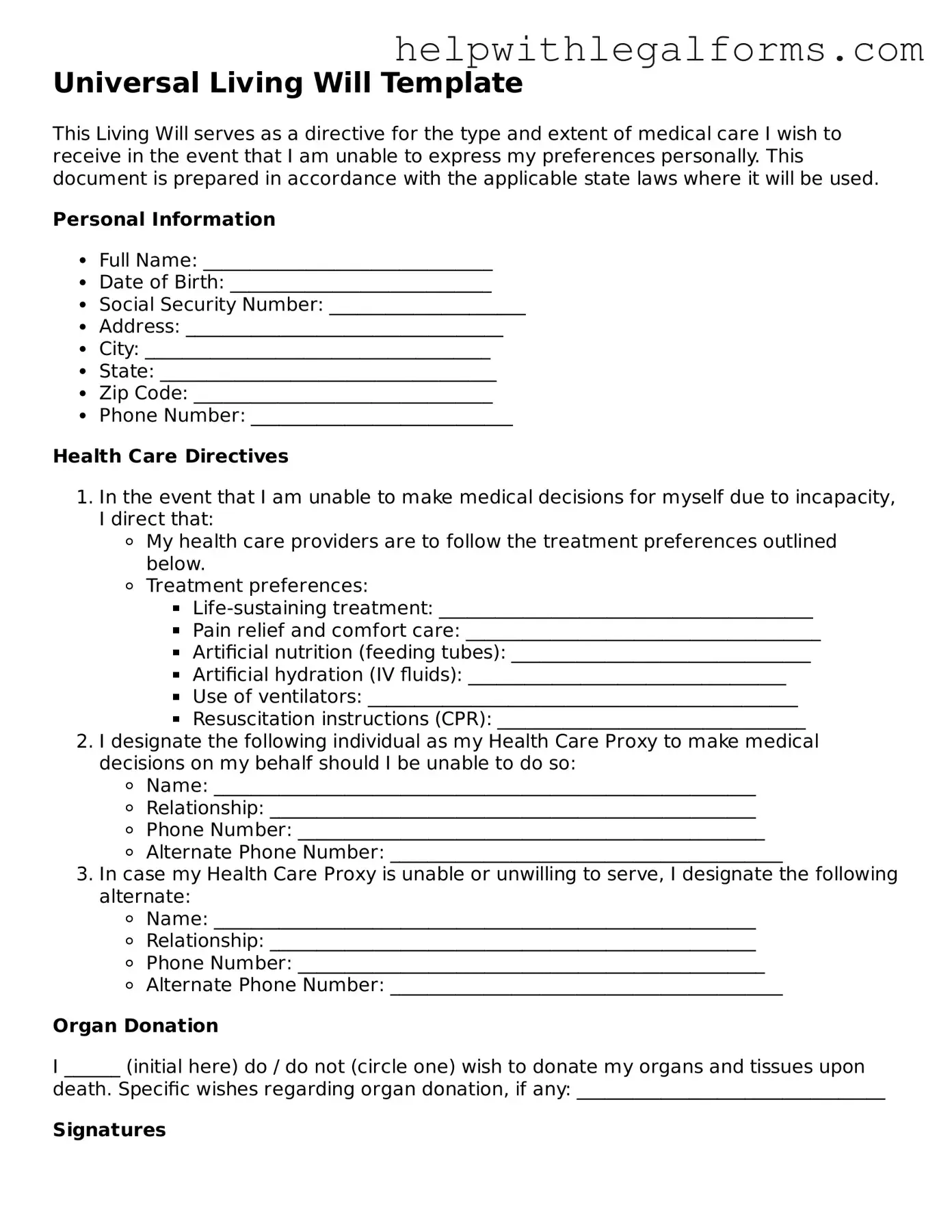What is a Living Will?
A Living Will is a legal document that details your wishes regarding medical treatment in the event you are unable to communicate these preferences yourself. This could occur if you're incapacitated or seriously ill. By making a Living Will, you provide guidance to healthcare providers and your family, ensuring that your personal choices about life-sustaining treatments are respected.
How does a Living Will differ from a Last Will and Testament?
While both documents are crucial for planning your affairs, they serve different purposes. A Last Will and Testament comes into play after you pass away, allowing you to distribute your property, designate guardians for minor children, and make other posthumous wishes known. Conversely, a Living Will takes effect while you're still alive but incapacitated, focusing solely on medical treatment preferences and end-of-life care.
Is a Living Will the same as a Durable Power of Attorney for Health Care?
No, they are distinct documents, though they complement each other in healthcare planning. A Living Will articulates your wishes regarding medical treatment directly. In contrast, a Durable Power of Attorney for Health Care appoints someone else, known as a healthcare proxy or agent, to make health care decisions on your behalf should you be unable to do so. Using both ensures more comprehensive coverage of potential situations.
What types of decisions can be made with a Living Will?
With a Living Will, you can make specific decisions about the use of life-sustaining treatment, such as mechanical ventilation, tube feeding, dialysis, and resuscitation if you're near death or permanently unconscious. You can also include wishes about pain management and organ donation. This document allows you to be as detailed as you want about what medical interventions you do or do not want.
How can I create a Living Will?
To create a Living Will, you should start by familiarizing yourself with the laws in your state, as requirements can vary. Typically, you'll need to complete a Living Will form that reflects your treatment preferences. This document should be signed in accordance with state laws, often requiring witness signatures and/or notarization. Consulting with a legal professional can also help ensure your Living Will meets all legal criteria.
Can a Living Will be changed or revoked?
Absolutely. You retain the right to alter or revoke your Living Will at any time while you are mentally competent. Changes should be made in a new document that complies with state laws and formally revokes any previous versions. To revoke, you can also destroy the original document, inform your healthcare proxy or healthcare providers verbally or in writing, or complete a new, conflicting healthcare directive.
